Investing in multi-family properties can be a lucrative venture, especially in a dynamic market like Colorado. However, like any investment, it comes with its own set of advantages and challenges. This guide will help real estate investors, property developers, and financial analysts understand the key pros and cons of investing in multi-family properties in the Centennial State.
Pros of Investing in Multi-family Properties in Colorado
Potential for Higher Rental Income
One of the most significant benefits of investing in multi-family properties is the potential for higher rental income. With multiple units under one roof, you can generate income from several tenants, making it a more profitable option compared to single-family homes.
Lower Vacancy Risk
Multi-family properties typically have a lower vacancy risk. Even if one unit is vacant, the other units can still generate income, thus providing a buffer against total rental income loss.
Diversification of Income
Having multiple tenants means that you are not reliant on a single source of income. This diversification can help stabilize your cash flow and reduce the risk associated with tenant turnover.
Favorable Tax Implications
Colorado offers favorable tax implications for rental property owners. You can deduct expenses related to property management, maintenance, and even mortgage interest, which can significantly reduce your taxable income.
Cons of Investing in Multi-family Properties in Colorado
Higher Initial Investment
Investing in multi-family properties requires a higher initial investment compared to single-family homes. You will need more substantial capital for the down payment, closing costs, and initial repairs or renovations.
Increased Management Responsibilities
Managing a multi-family property is more complex and time-consuming. You’ll need to handle multiple leases, maintenance issues, and tenant communications. Many investors opt to hire a property management company, which adds to the overall costs.
Stringent Zoning and Building Regulations
Multi-family properties are subject to more stringent zoning and building code regulations. Meeting these requirements can be challenging and costly, especially if the property needs significant upgrades to comply with local laws.
Economic and Market Risks
Changes in the rental market and local economy can impact your investment. Factors such as job market fluctuations, local real estate trends, and economic downturns can affect rental rates and occupancy levels. It’s crucial to stay informed about market conditions and adjust your strategy accordingly.
Conclusion
Investing in multi-family properties in Colorado offers numerous benefits, including higher rental income, lower vacancy risk, and favorable tax implications. However, it also comes with challenges such as higher initial investment, increased management responsibilities, stringent regulations, and market risks.
Understanding these pros and cons will help you make a well-informed decision. If you’re ready to explore the opportunities in Colorado’s real estate market, consider reaching out to us to learn more!






